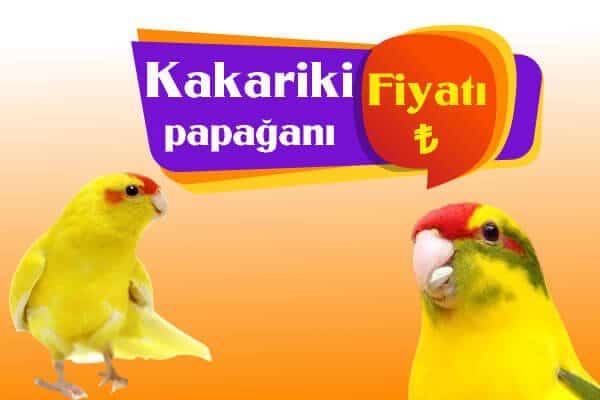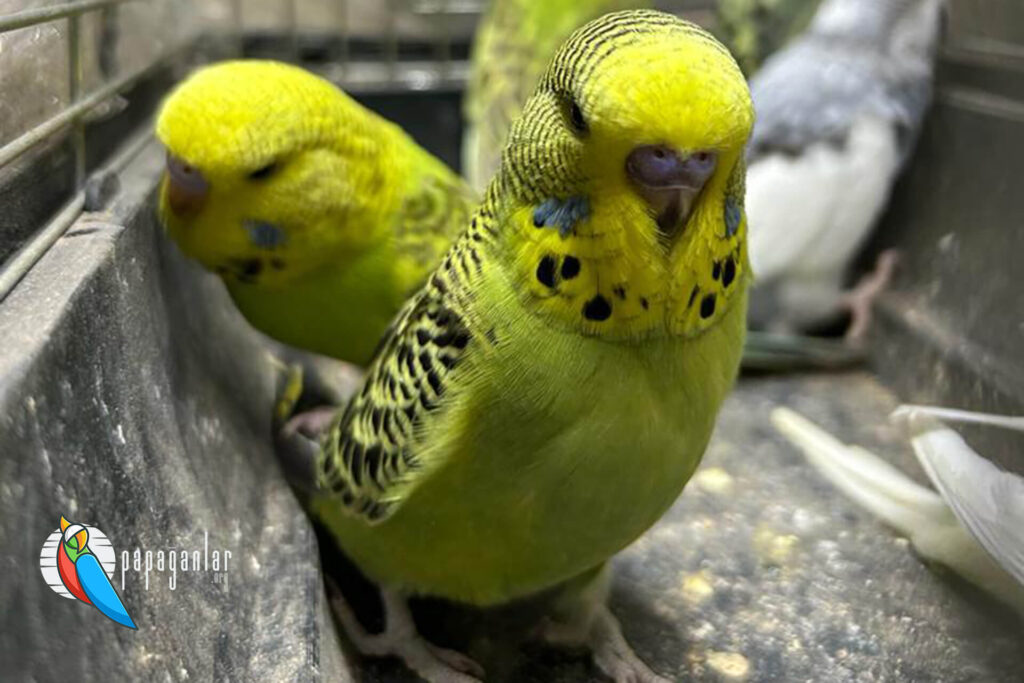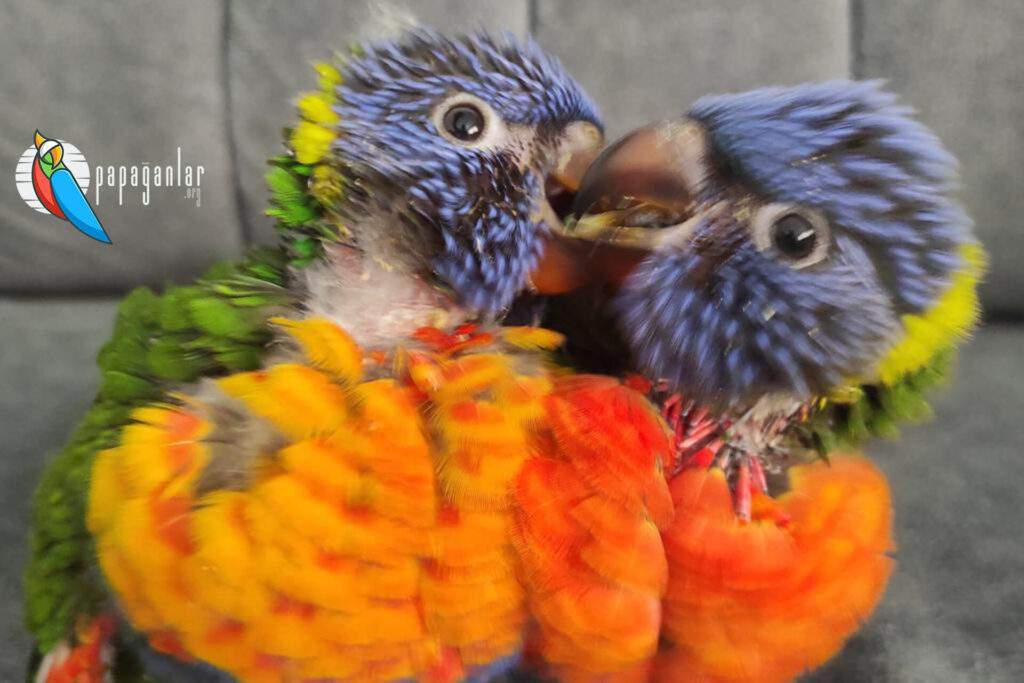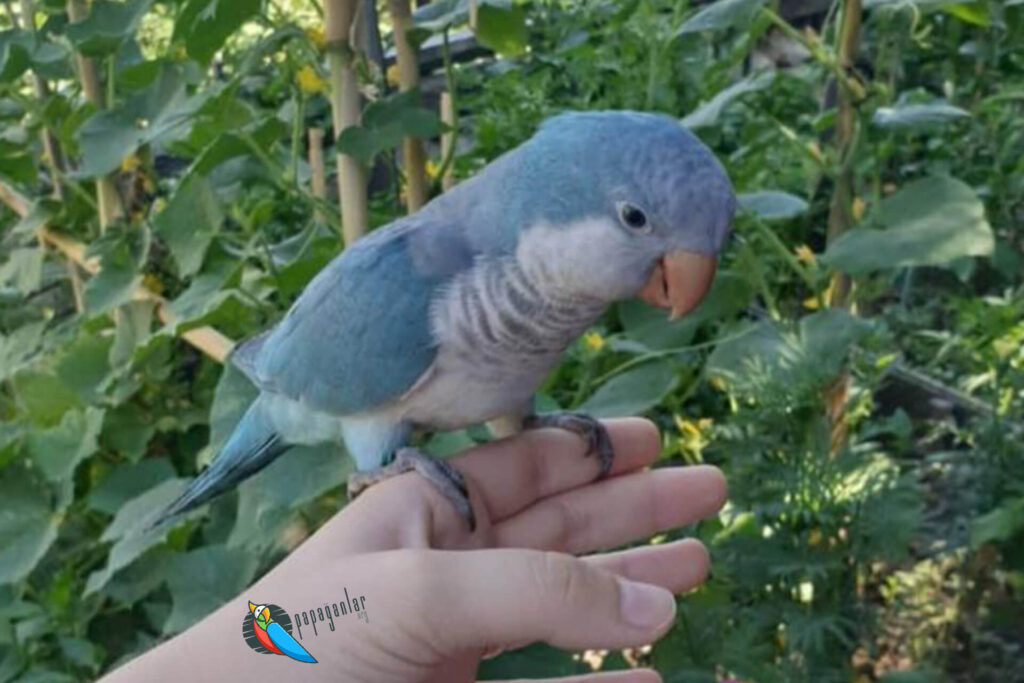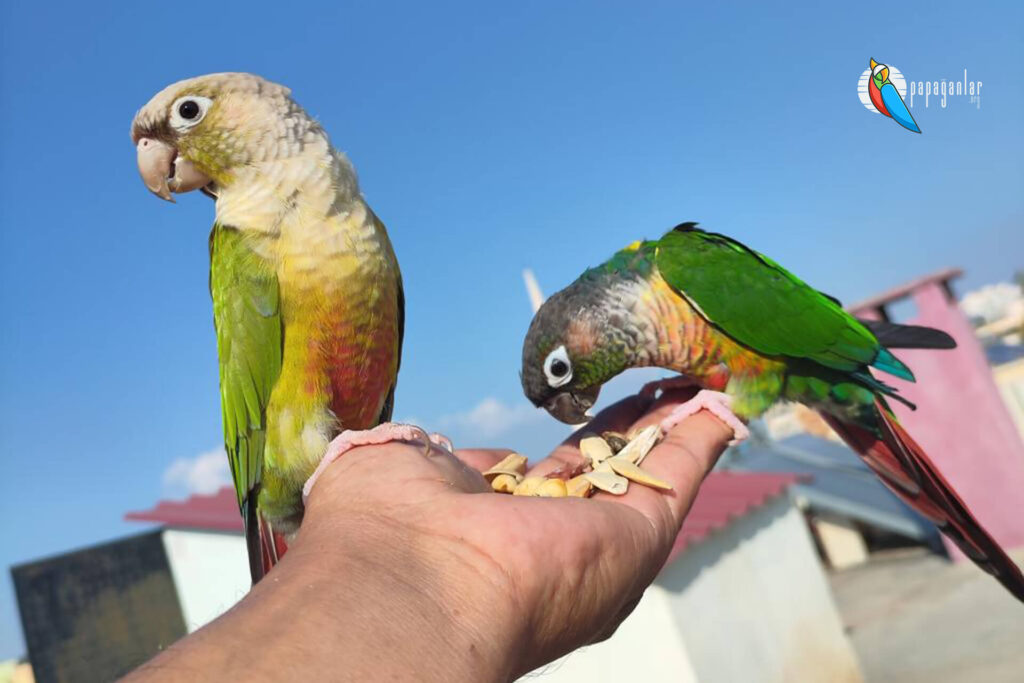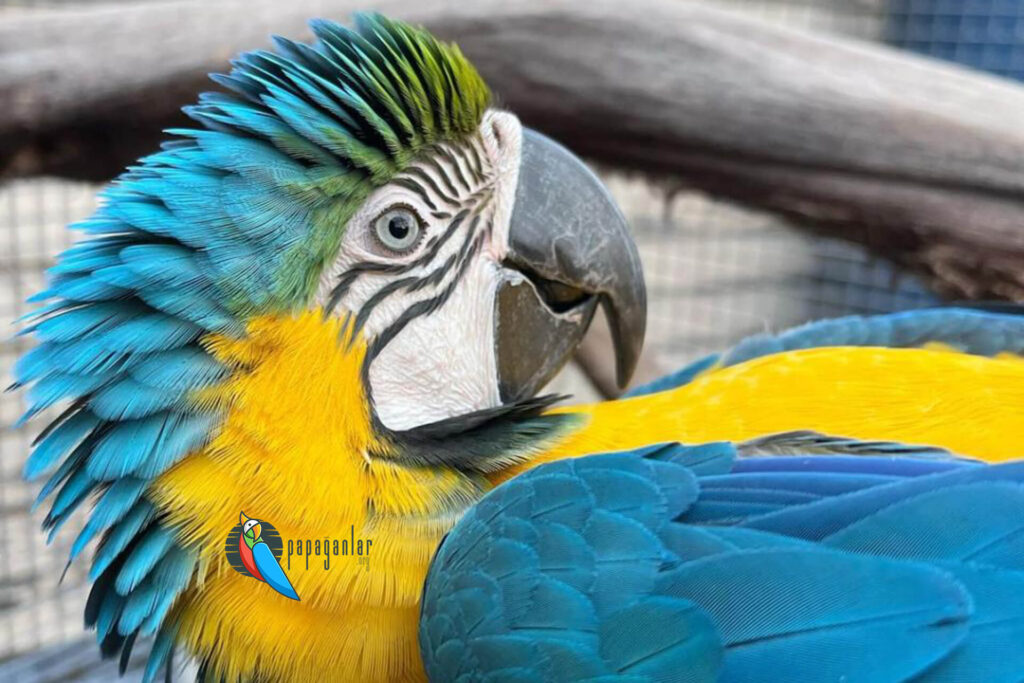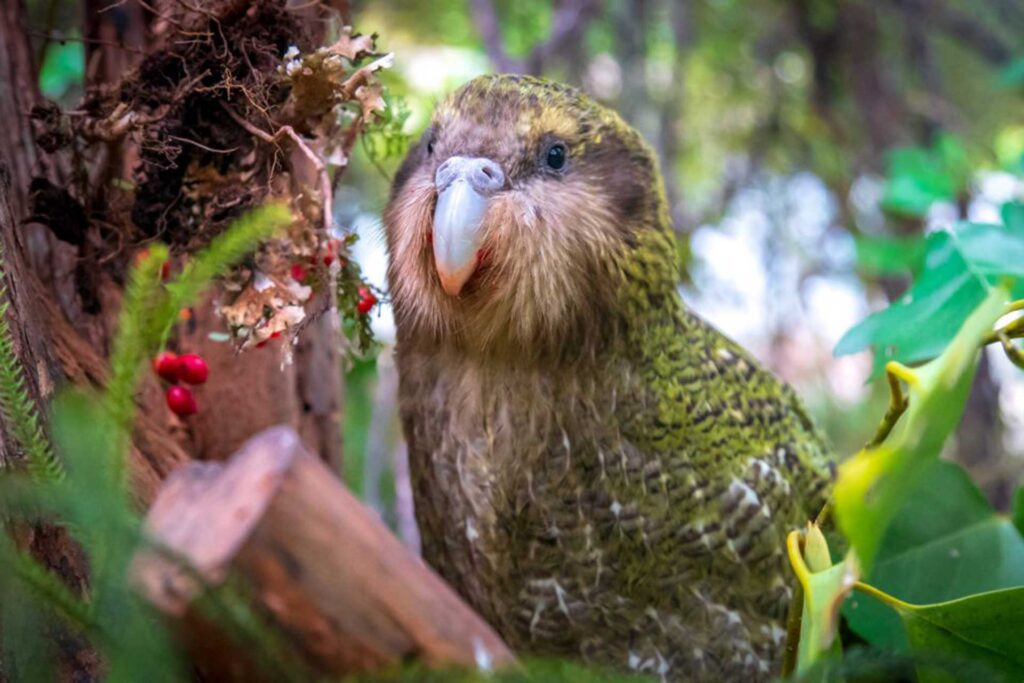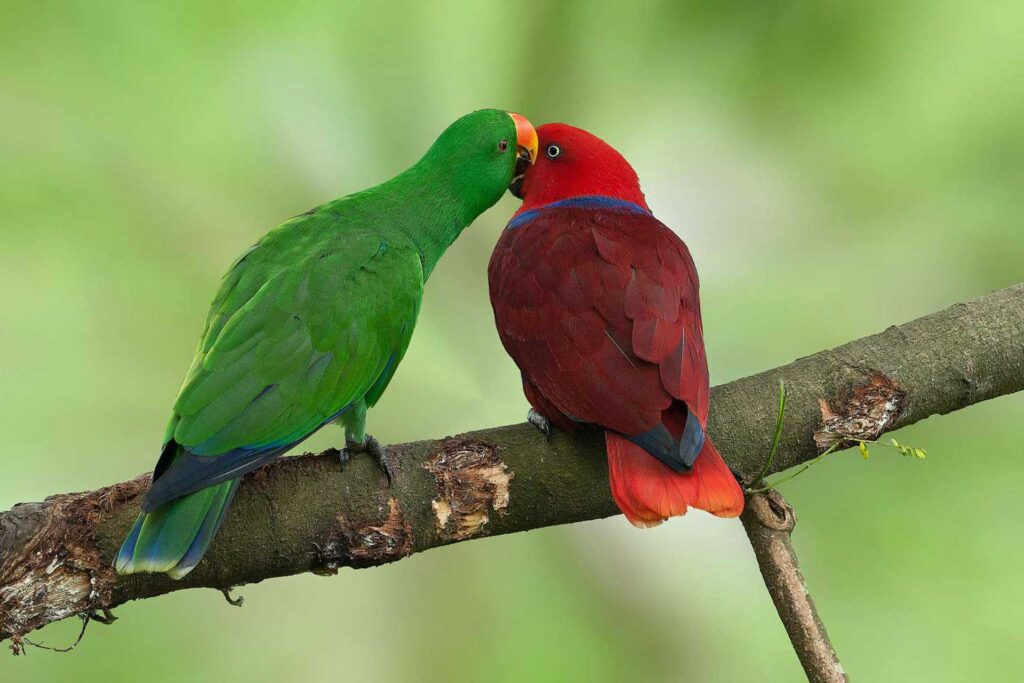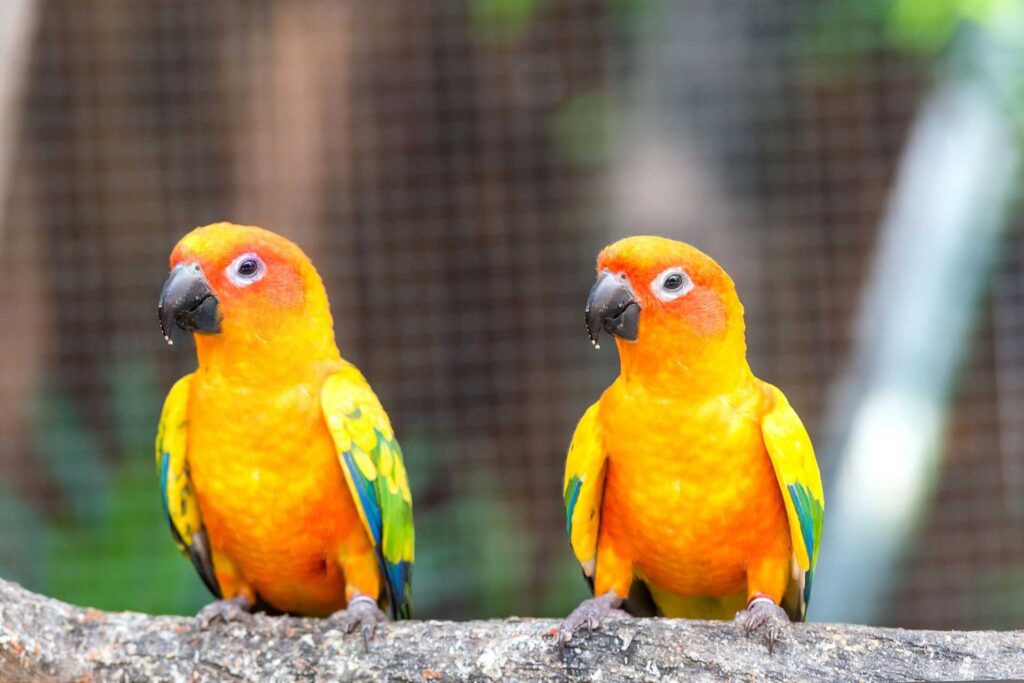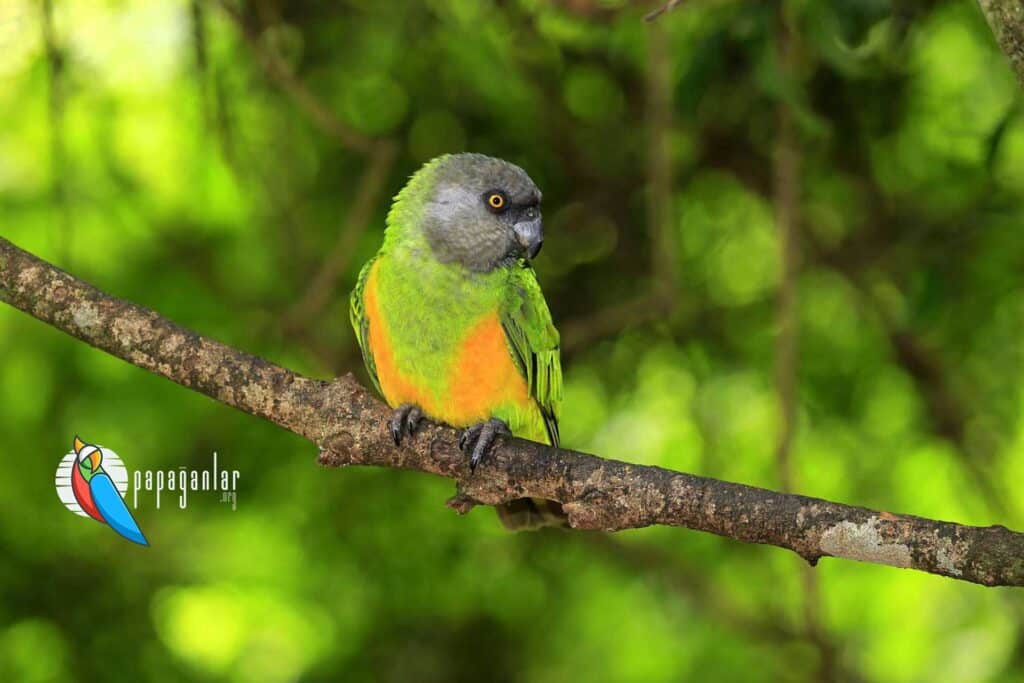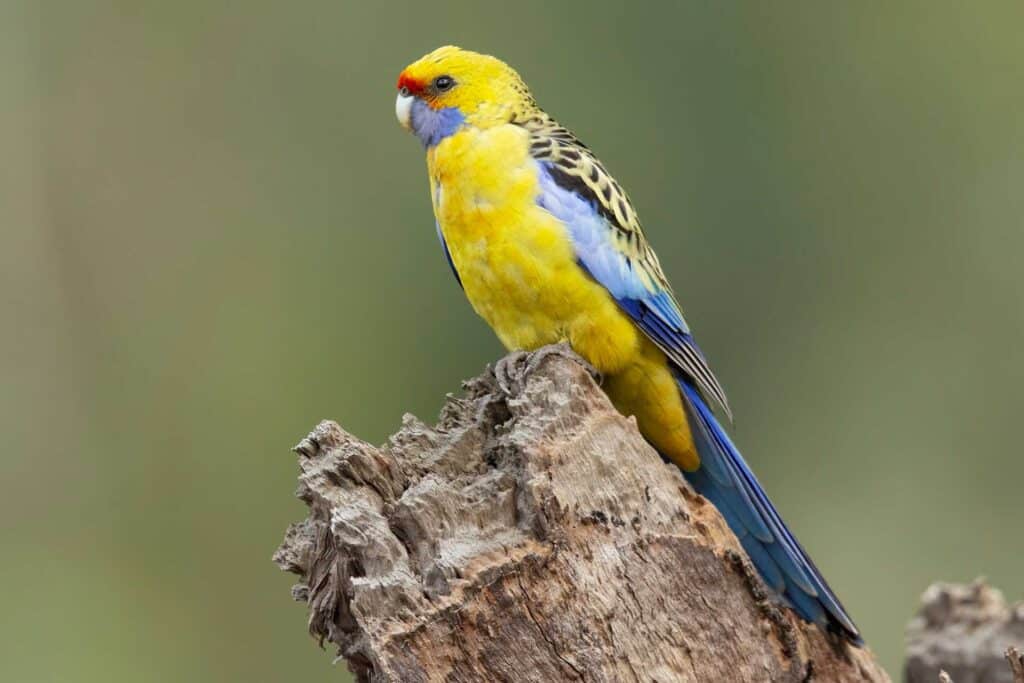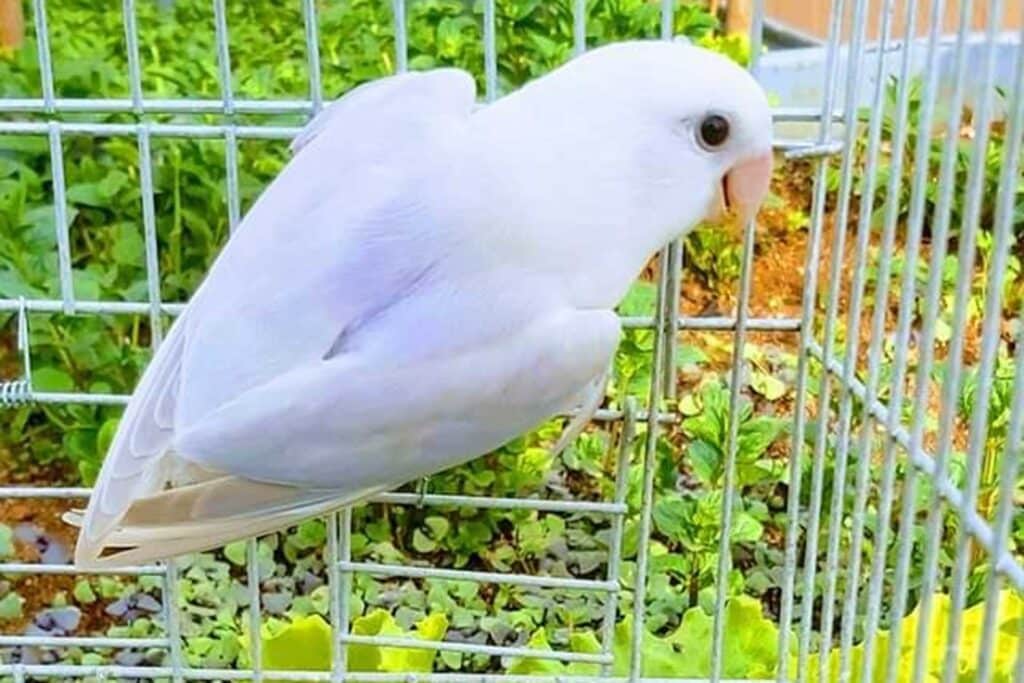Due to its speech and endurance, interest in parrot species has increased recently. People are sad that budgerigars die at the slightest distress and their lifespan is short. In this context, as a parrot owner, they are both happy for their longevity and are happy with their easy speech.
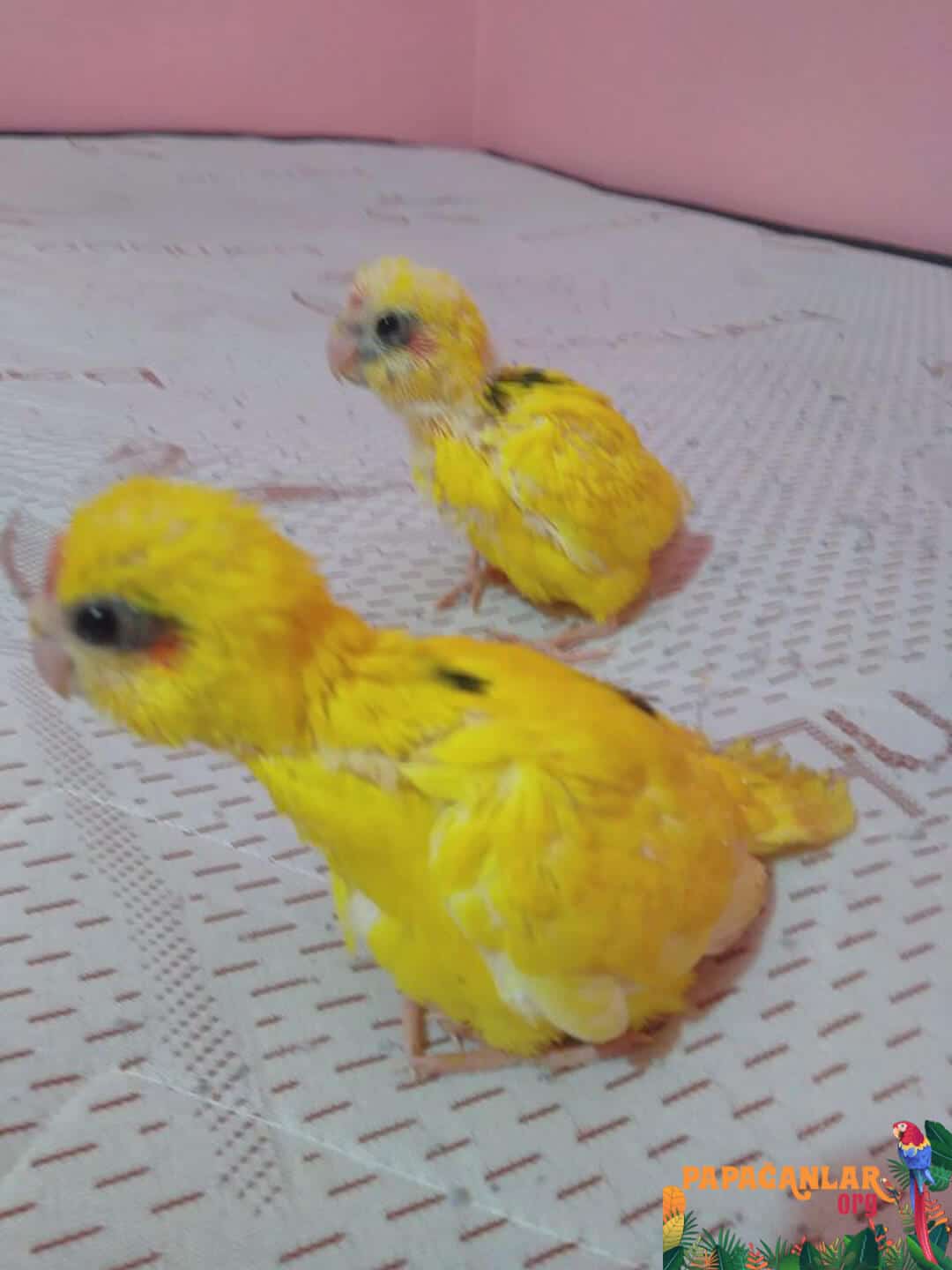
There are many varieties of parrot species. Although it is not said to be the most preferred parrot breed, kakariki parrots are among the parrot species preferred to be fed by animal lovers. Kakariki parrots, whose homeland is New Zealand, were in danger of extinction at the time. In the face of the measure taken by the New Zealand government, these bird species were saved and brought back to nature.
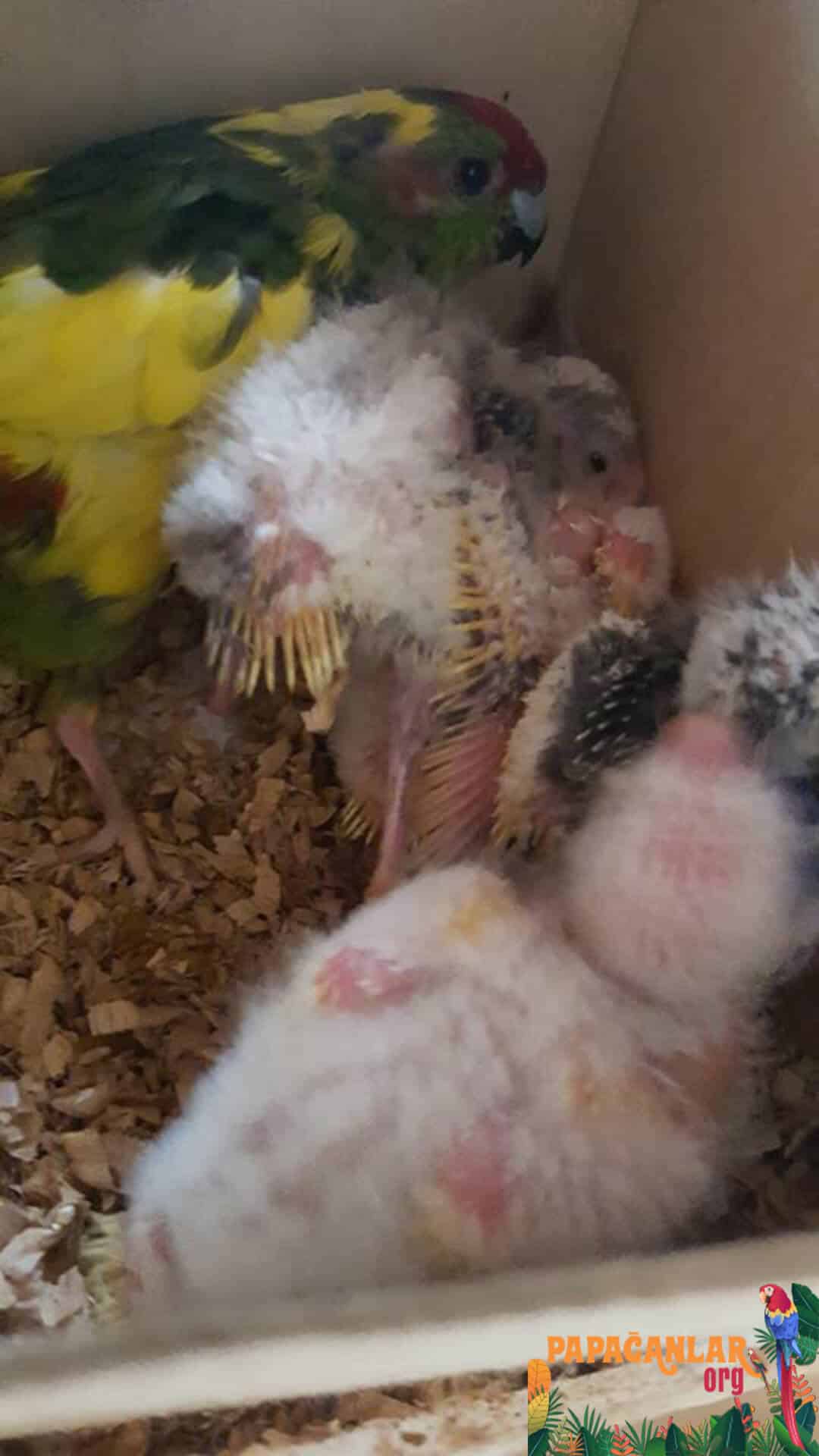
Thanks to the successful breeding program implemented, the New Zealand government has gained the appreciation of the world public opinion.
General Characteristics of Kakariki Parrots
The kakariki parrot species, which were identified as 103 in the world in 1953, reached 2500 in 10 years thanks to the breeding program implemented by New Zealand. Kakariki parrots, which have been left to the compassionate arms of nature since 1964, continue to live.

Kakariki parrots, one of the small parrot species, are a friendly parrot breed that is difficult to talk to but friendly. There are kakariki parrot species with red and yellow colors. There are more breeds with red foreheads in the market than those with yellow foreheads. In breeds with red foreheads, females are slightly smaller than males. This makes couples easy to spot.
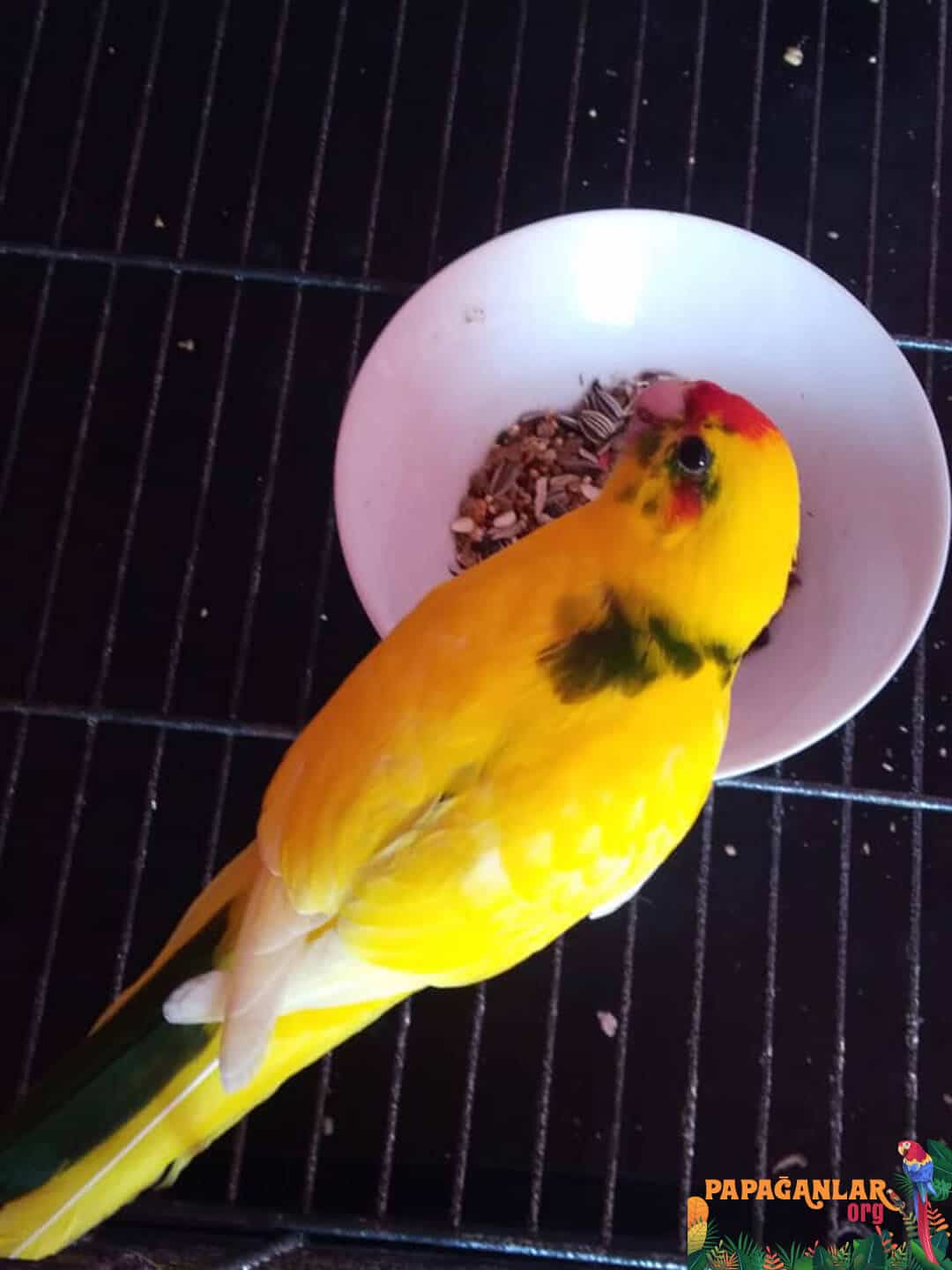
Kakariki Parrot Price
Kakariki parrots are not long-lived parrot species. The average lifespan of parrots, whose length is up to 28 cm, is 6 years. This period is also extremely short compared to a parrot breed. For this reason, kakariki parrot prices are also cheaper than other parrot breeds.
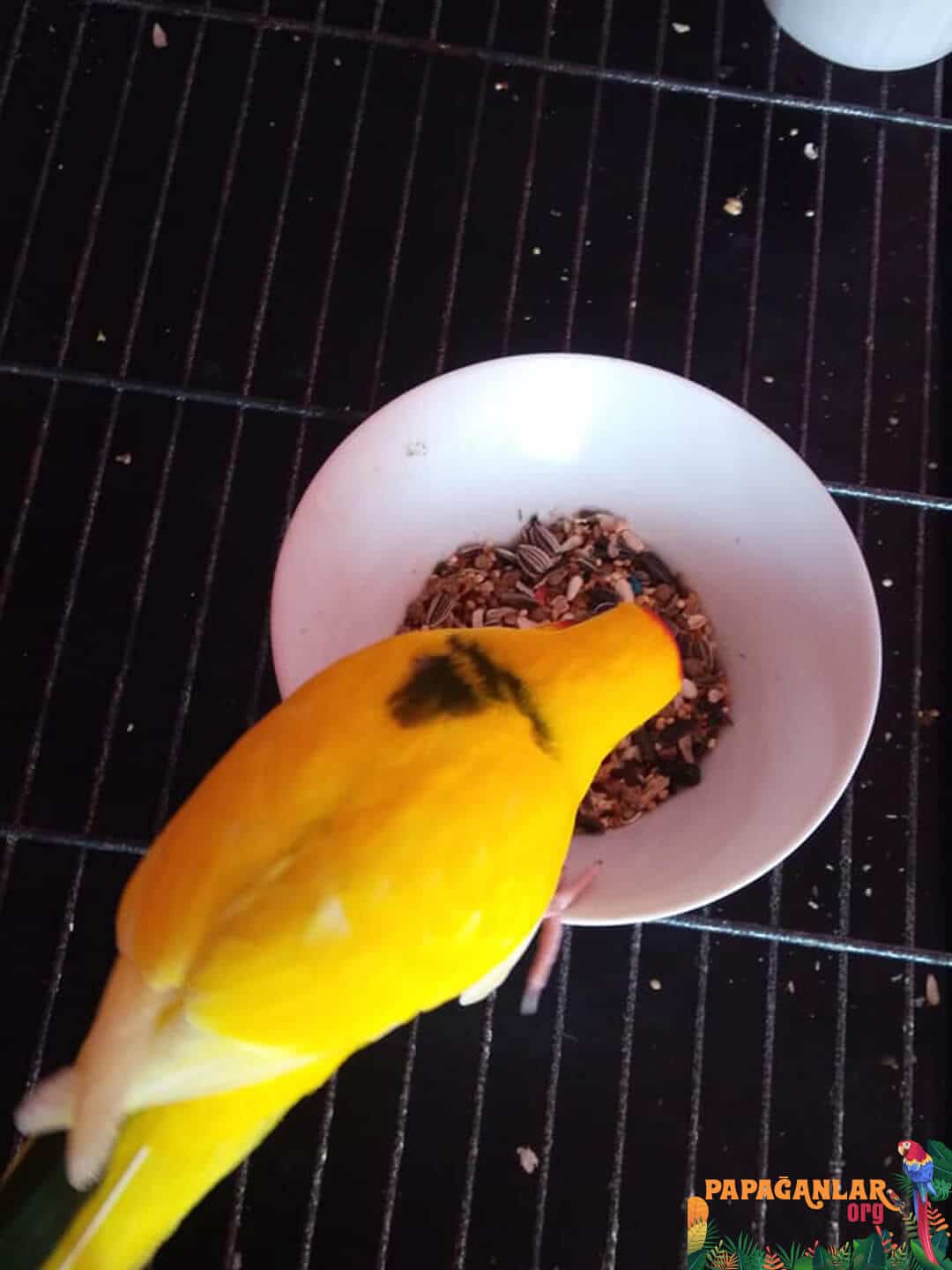
As with every parrot or bird species, the price of the baby cage bird species is much more expensive than the others. Receiving the animal when it is a baby is one of the factors that helps it to get used to humans and talk more quickly. Cage animals taken in the advanced period have a very low chance of getting used to humans and speaking. The maturity level of the animal should be taken into account when researching kakariki parrot prices. Kakariki parrot prices vary between $250 and $1000.
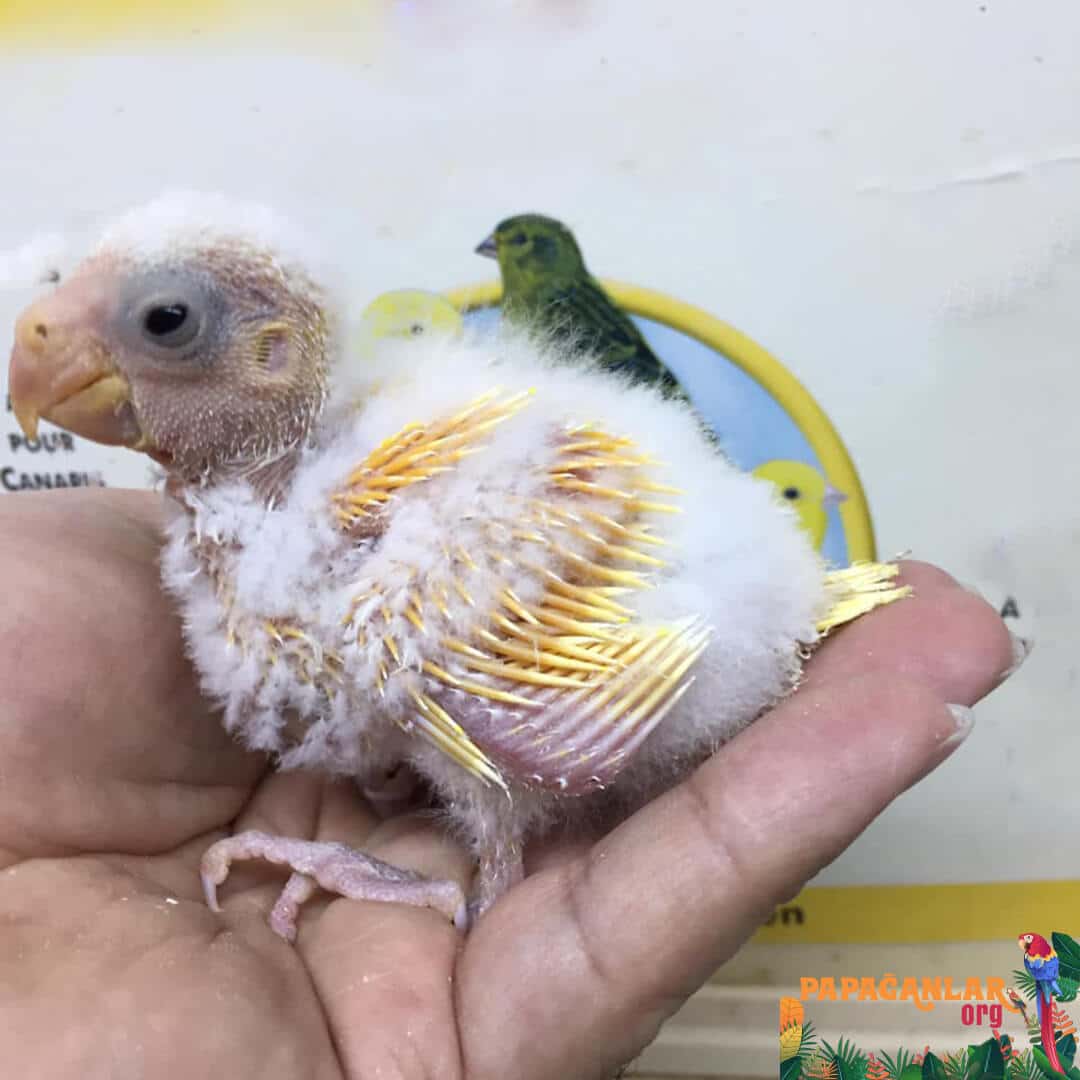
Feeding and Housing of Kakariki Parrot
Kakariki parrots love their budgie food. In addition, it is known that they like dal millet. Sometimes it has been seen that they also eat the mealworms in the flour.
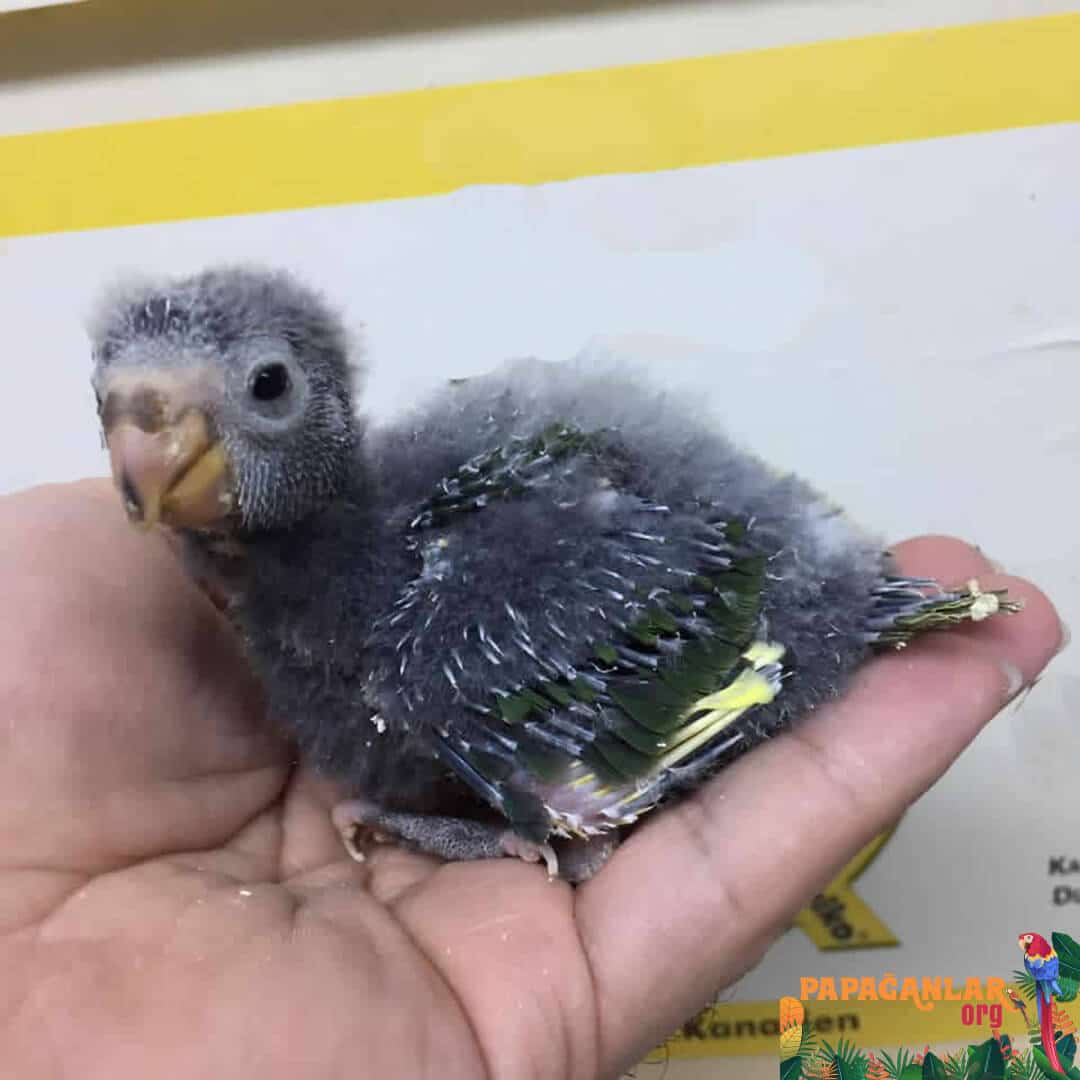
It is important to keep floors clean and dry. They are susceptible to intestinal worms, as they have a habit of scratching places such as chickens. Normal budgerigar cages may not be enough for its care and shelter. Parrot cages can be preferred in slightly larger models than budgerigar cages.
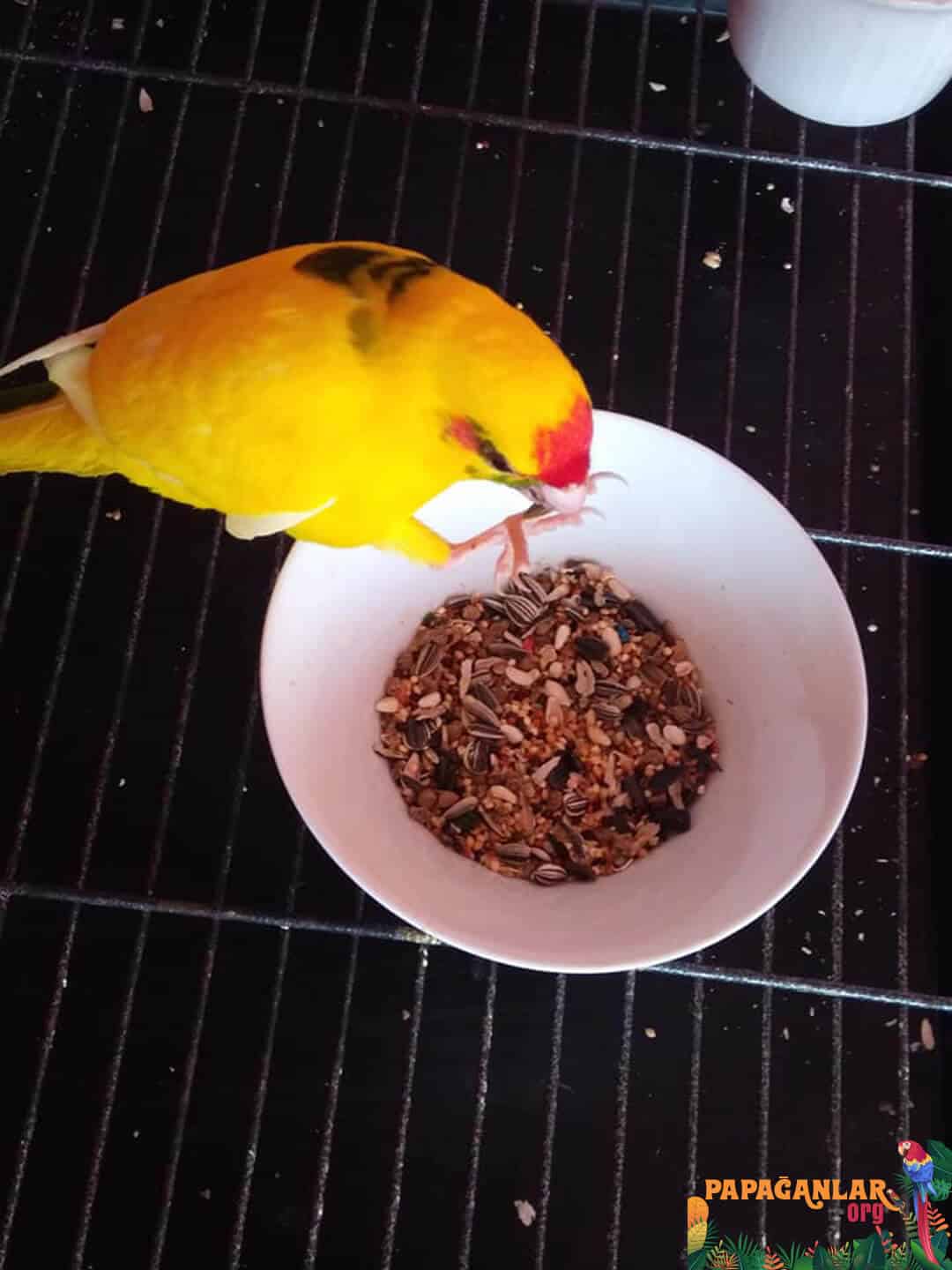
As with all parrot species, attention is very important in kakariki parrot species. Parrot species are creatures that show human characteristics and get stressed when they are not given attention.
Reproduction of Kakariki Parrots
Kakariki parrots, like other parrot species, are not easy to mate. Not all females mate with all males. Kakariki parrots should also be prevented from incubating twice a year. This situation causes the tooth to remain extremely weak and causes problems that will result in death.
Kakariki parrots have an incubation period of 19 days. The puppies, which are taken after 19 days, are fed by their mothers and fathers for the first 42 days. In the next process, the offspring can maintain their own life.
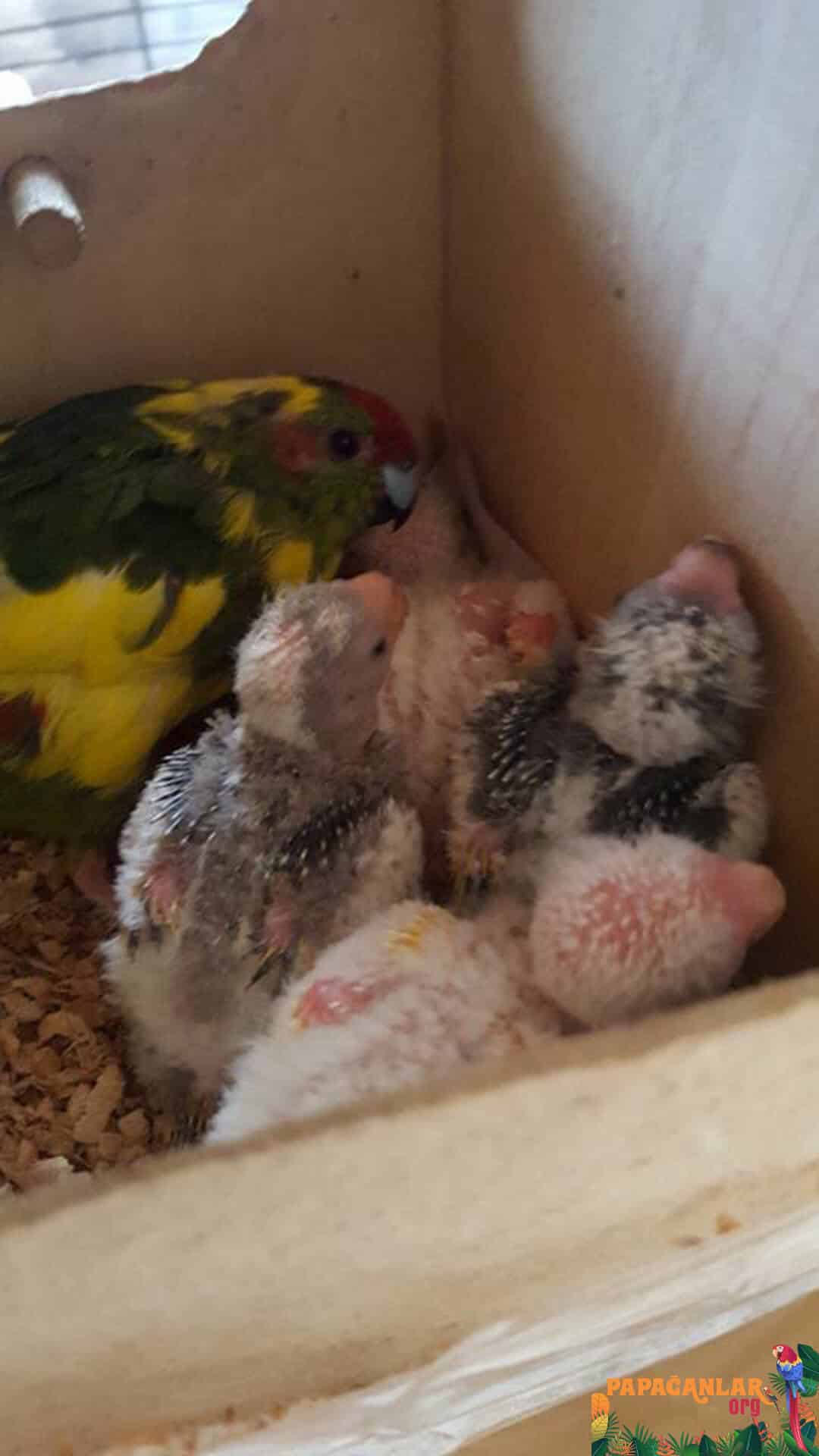
Kakariki parrots are extremely sensitive to wind. The animal should not be kept in the wind or scorching sun for a long time. Even very healthy kakariki parrots die immediately when exposed to such wind or sun. In order not to encounter such a situation, it is beneficial to offer living conditions suitable for the natural life of the animal. It is possible to feed these birds with affordable Kakariki parrot prices.





